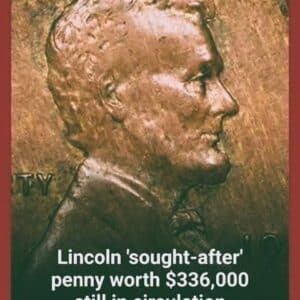Another day brings another headline surrounding Donald Trump — and, as usual, it’s stirring up debate.
Over the past year, the president has made a series of ambitious promises, both before and after returning to the White House. The release of the Epstein files remains pending, and the Russia-Ukraine conflict continues despite his repeated assurances that he would end it before even setting foot in the Oval Office for his second term.
Given this history, it’s hard to take every Trump pledge at face value. So when he recently claimed that Americans would soon receive a $2,000 dividend funded by tariff revenue, many took the announcement with a grain of salt.
Still, the idea of free money is tempting. After all, who wouldn’t want $2,000 deposited into their account — especially when the promise comes directly from the president?
On Truth Social, Trump wrote, “A dividend of at least $2000 a person (not including high income people!) will be paid to everyone.” However, his post included no timeline, no details on eligibility, and no explanation of who exactly would be excluded.
In his usual fashion, Trump framed his tariff policy as a historic success, boasting, “People that are against Tariffs are FOOLS! We are now the Richest, Most Respected Country In the World, With Almost No Inflation, and A Record Stock Market Price. 401k’s are Highest EVER. We are taking in Trillions of Dollars and will soon begin paying down our ENORMOUS DEBT, $37 Trillion. Record Investment in the USA, plants and factories going up all over the place.”
Despite the confident tone, experts quickly questioned the feasibility of his proposed $2,000 payout. According to The Guardian, there are two major hurdles standing in the way: cost and legality.

Economists estimate that distributing such dividends could cost between $300 billion and $513 billion, depending on who qualifies and whether children are included. Erica York, an economist, noted, “If the cutoff is $100,000, 150M adults would qualify, for a cost near $300 billion. … Adjusting for that, tariffs have raised $90 billion of net revenues compared to Trump’s proposed $300 billion rebate.”
Even if the funds existed, the legal framework behind the tariffs themselves is shaky. Trump’s use of emergency-powers law to impose them has faced multiple court challenges. Three lower courts have already ruled the approach illegal, and the Supreme Court is currently reviewing the matter. If those tariffs are struck down, the supposed source of the dividend would vanish entirely.
In short, Trump’s promised payout sounds enticing, but without clear details on eligibility, timing, and the stability of his tariff policy, the plan seems more aspirational than achievable.
So, for now, it might be best not to start spending that $2,000 until there’s something more than a social media post behind it.





